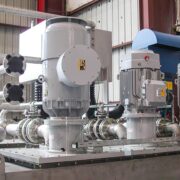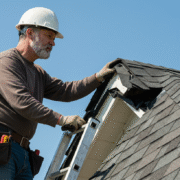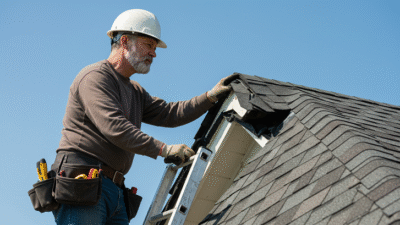Water loss in pipelines poses a substantial challenge for water utilities worldwide, with significant economic and environmental consequences. It refers to the amount of water lost or unaccounted for in the distribution system before reaching consumers. This water loss can occur due to various factors, such as leaks, bursts, unauthorized connections, and meter inaccuracies.
The economic impact of water loss is substantial. For water utilities, it means a loss of revenue as the lost water is not billed to consumers. The cost of treating and distributing water that goes to waste adds to the financial burden.
Here is a breakdown of the ways that help in preventing water loss from pipeline networks:
Table of Contents
1. Leakage Detection and Monitoring:
Utilize Acoustic Sensors: Acoustic sensors are placed strategically along the pipeline network to “listen” for the unique sound patterns of water leaks. When a leak occurs, the sensors detect the sound vibrations, enabling utilities to accurately pinpoint the leak’s location.
Satellite and Aerial Imagery: Remote sensing technologies, such as satellite and aerial imagery, provide a broader perspective of the pipeline network. High-resolution images can identify surface water leaks and potential problem areas, allowing utilities to prioritize inspection and maintenance efforts more effectively.
2. Pressure Management:
Optimize Water Pressure: Maintaining optimal water pressure in the pipeline network prevents leaks and bursts. Excessive pressure can stress the pipes and increase the likelihood of failures, while low pressure can result in inefficient water distribution. Pressure optimization involves using pressure regulation valves and other control mechanisms to ensure the right pressure levels throughout the system, minimizing water loss due to leaks or bursts.
Pressure Regulation Valves: Strategically placed along the pipeline network, pressure regulation valves help maintain stable and controlled water pressure. These valves can automatically adjust pressure based on demand, reducing the chances of pipe failures and water loss.
3. Swift and Efficient Repair:
Early Detection: Early detection of leaks and pipeline issues is crucial for swift and efficient repair. By employing advanced technologies, such as acoustic sensors and real-time monitoring systems, utilities can identify leaks as soon as they occur. Prompt detection enables quick response teams to mobilize and address the issue before it worsens.
Trenchless Repair Techniques: Trenchless repair methods, such as pipe lining and pipe bursting, offer a non-intrusive way to fix damaged pipelines. Unlike traditional excavation-based repairs, trenchless techniques minimize disruption to the surrounding area and reduce the time needed for restoration. This results in faster repair completion, limiting water loss and minimizing inconvenience to consumers.
4. Preventive Maintenance:
Regular Inspections: Conducting routine inspections of the pipeline network is vital for identifying potential issues before they escalate into major water loss incidents. Regular inspections allow utilities to assess the condition of pipes, detect early signs of degradation, and plan timely maintenance.
Condition Assessment: Advanced assessment techniques, such as CCTV inspection and acoustic monitoring, provide a detailed assessment of the condition of pipelines from within. By inspecting the interior of pipes, utilities can identify corrosion, cracks, or blockages and address them proactively, preventing significant water loss events.
Implementing these preventive measures holistically and as part of a comprehensive water loss management strategy can significantly reduce water losses from pipeline networks. Embracing advanced technologies, data-driven decision-making, and proactive maintenance empowers utilities to conserve water, optimize resources, and ensure a more resilient and sustainable water supply system for communities.


















Comments